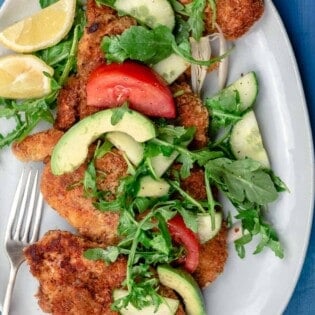
Meat and Poultry
Crispy, satisfying and ready in 30 minutes, these easy breaded chicken cutlets are your answer to quick and delicious weeknight dinners.

There’s nothing I love more than spending all afternoon cooking an elaborate meal or babysitting a simmering pot on the stove-from making homemade vegetable broth to individually stuffing Italian cookies. But most days, I'm rummaging through my kitchen with a half hour before dinner and no plan in sight.
Enter this breaded chicken cutlets recipe, with a crispy-cheesy parmesan breadcrumb coating, the juiciest chicken breasts, and no planning necessary. It's a quick and easy recipe to have in your toolbox, using ingredients you likely already have!
I keep these breaded chicken cutlets on a regular rotation to help with busy weeknights. However, I also get bored if I eat the same meal too often. Chicken cutlets aren’t just easy to adapt to your schedule, they’re also adaptable to whatever you’re craving that day.
Keep it simple and use them to make leftovers more enticing, or serve them with a lemony side salad. For a larger meal, serve on top of pasta or in a sandwich.
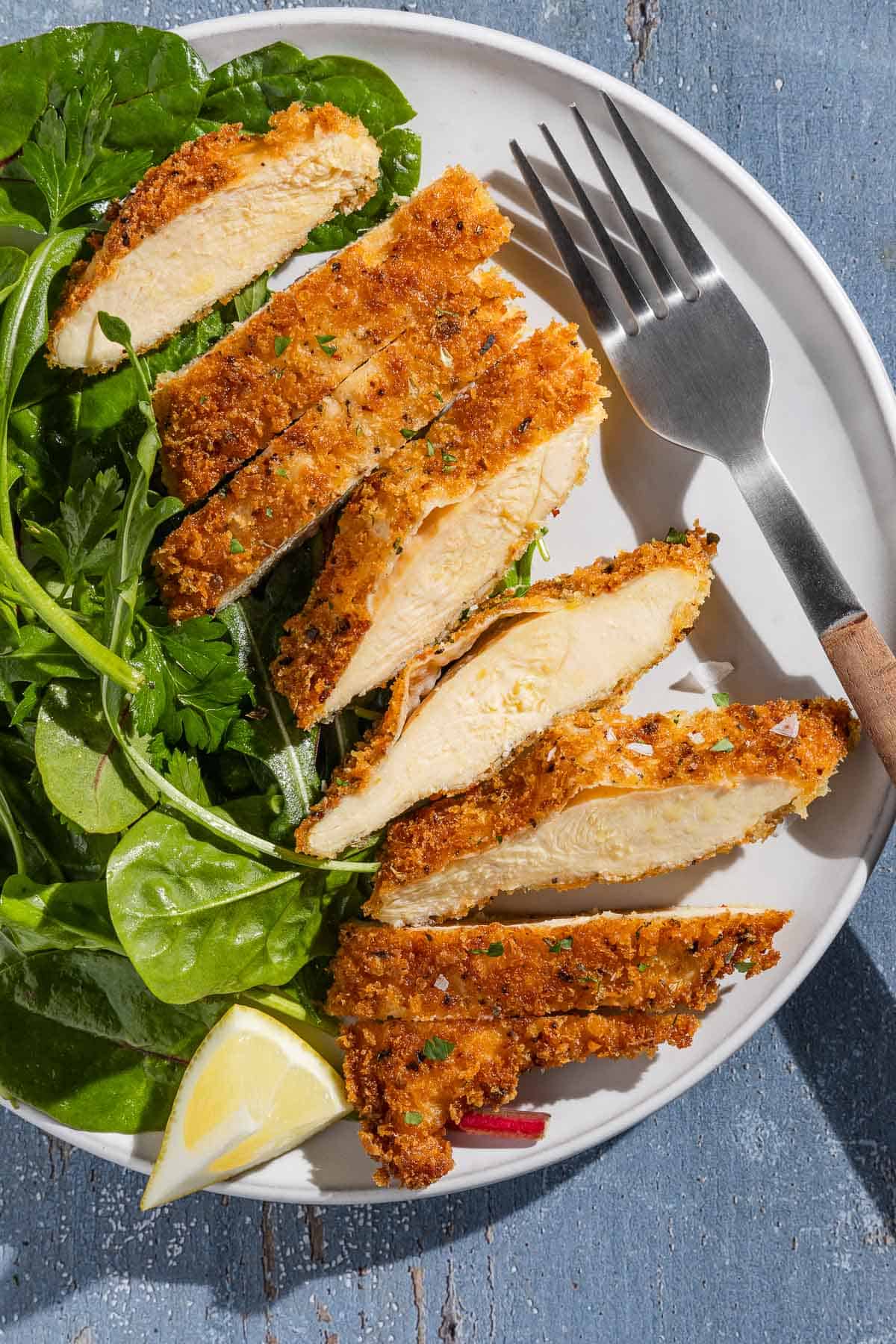
A chicken cutlet is simply a boneless skinless chicken breast that has been cut in half horizontally. Sometimes they’re pounded with a meat pounder to make them thinner and more even.
Chicken breasts usually take about 15 minutes to cook through on the stove. They have a thick end and a thin end, so by the time the thicker end is cooked through, the thinner end is overcooked and dry.
Chicken cutlets are thinner, with a more even thickness from end to end. They cook faster and more evenly than chicken breasts, making them more tender and perfect for weeknights.
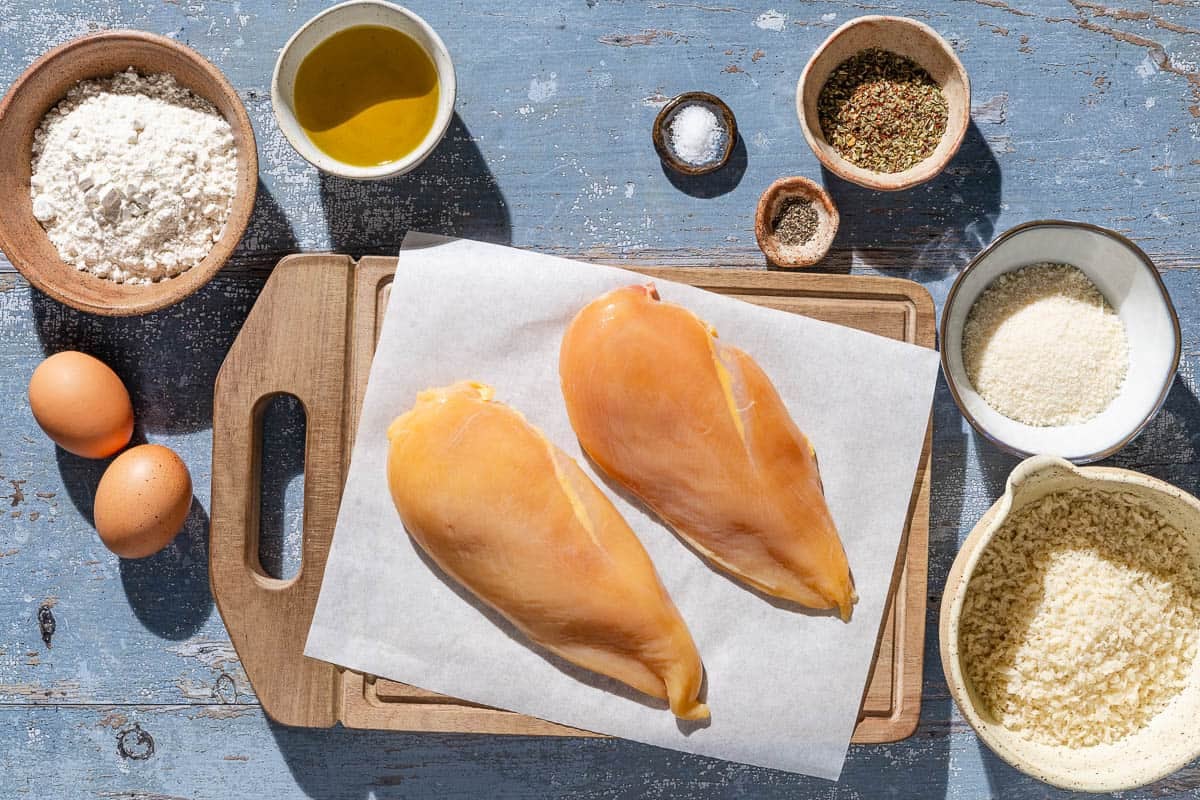
After a long day, the last thing I want to do is run to the store. And I never have to when I want to make chicken cutlets. I always have the ingredients on hand.
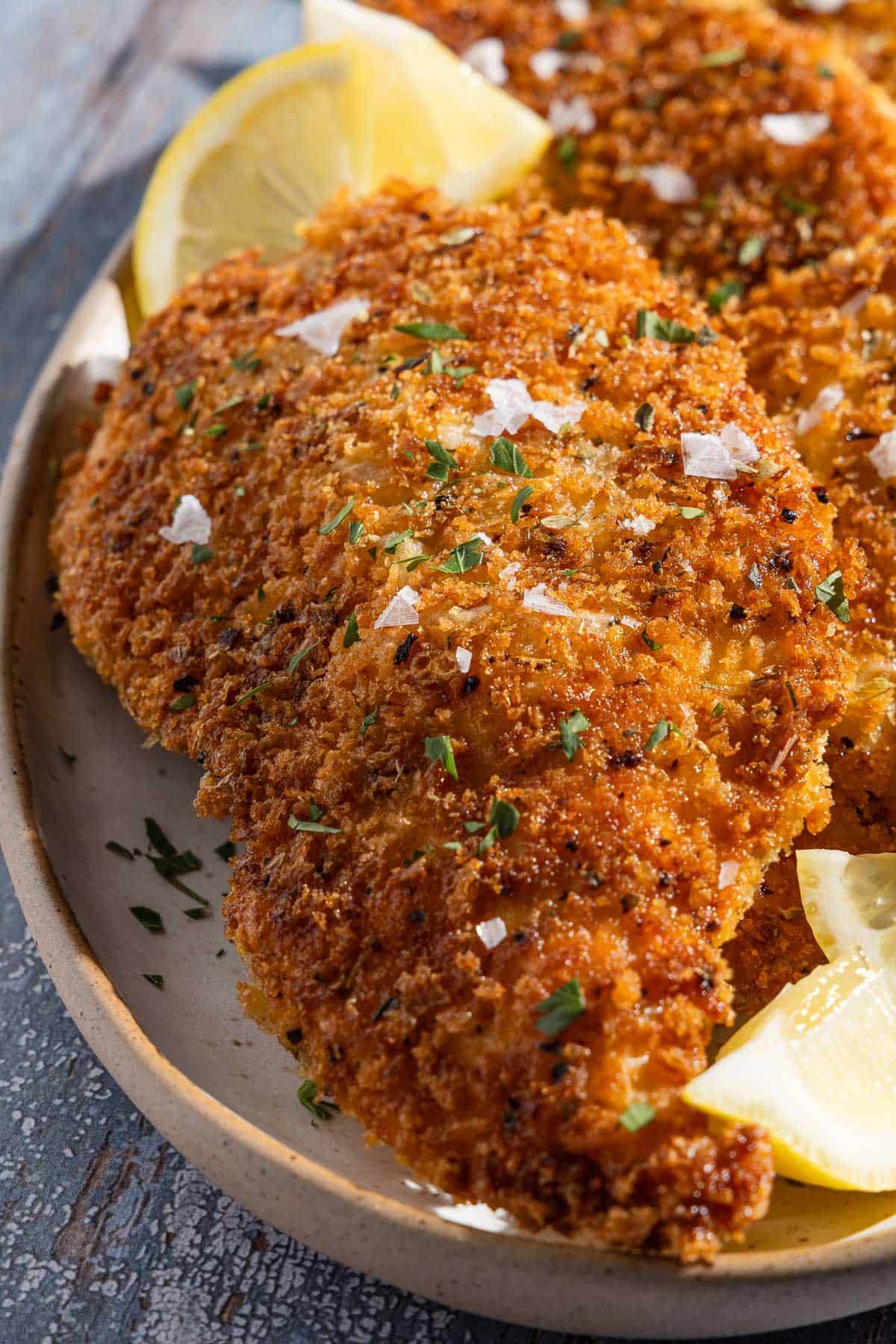
I can usually have the first batch of two cutlets on the table in 30 minutes, and cooking the second batch only takes a few minutes more. A dredging station sounds complicated, but it makes breading the chicken into a quick assembly line.
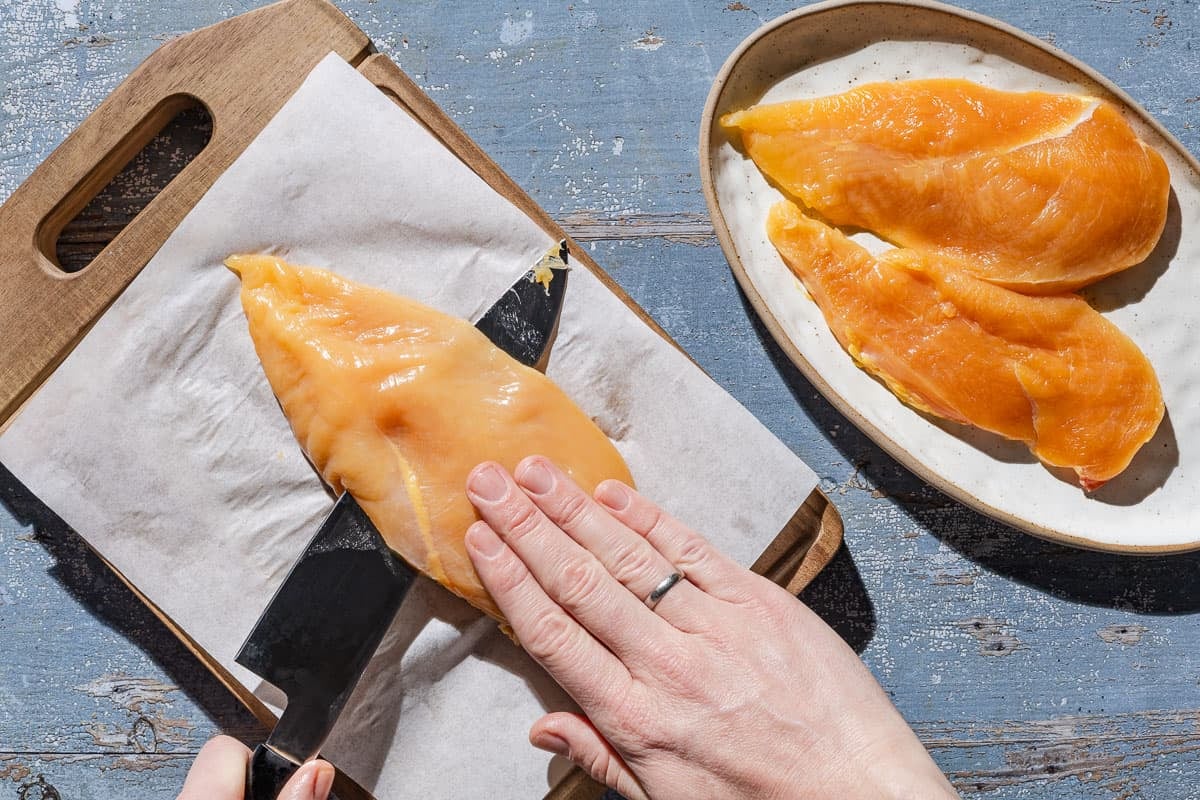
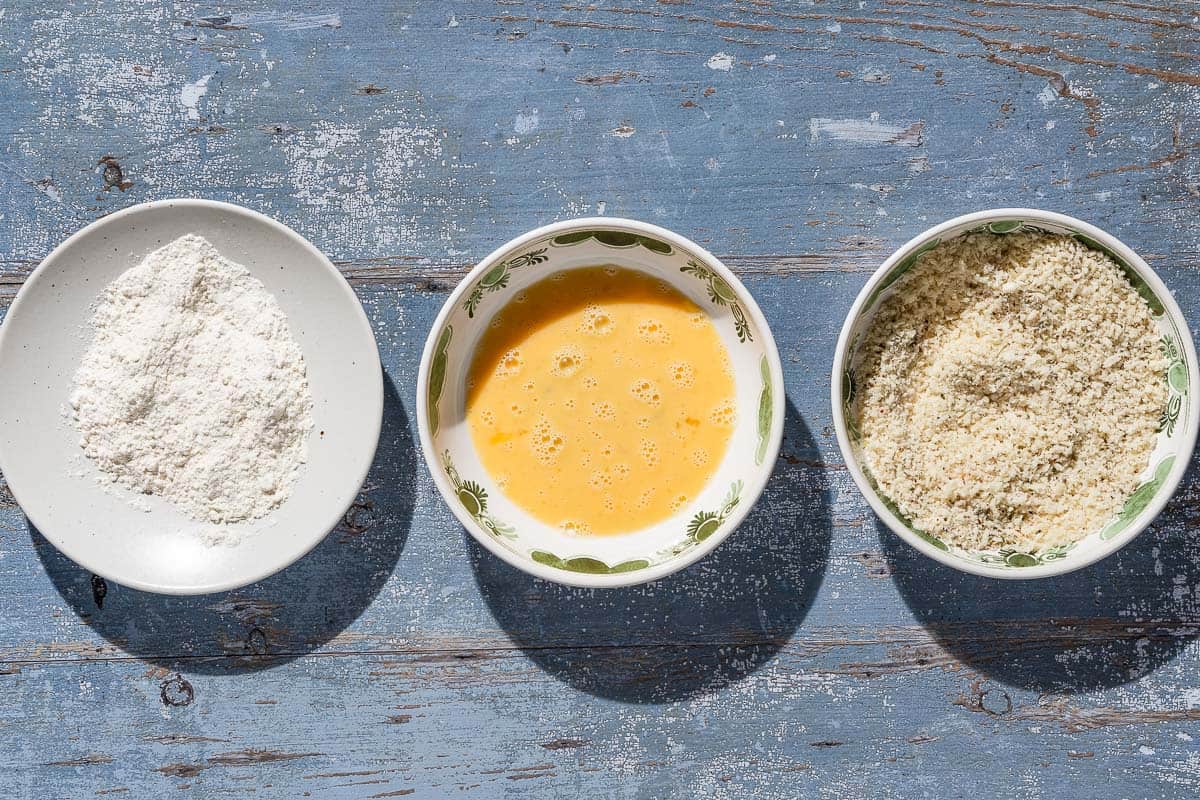
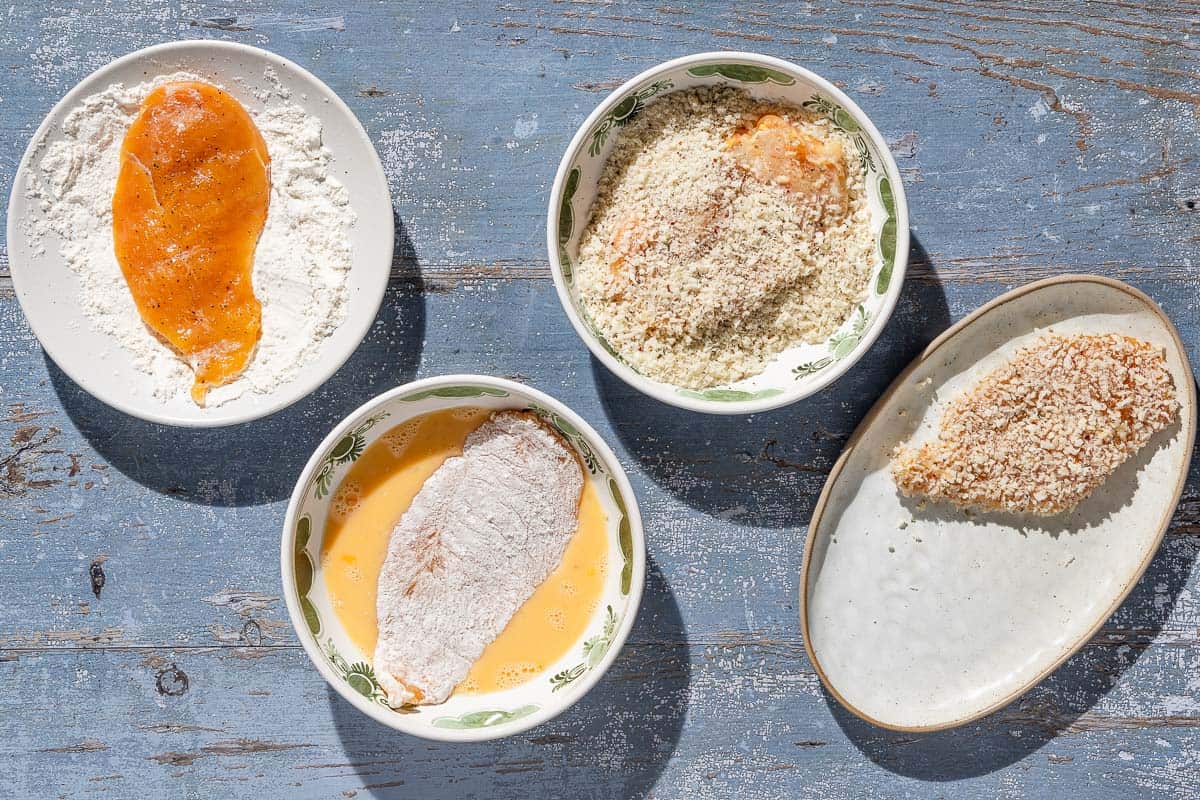
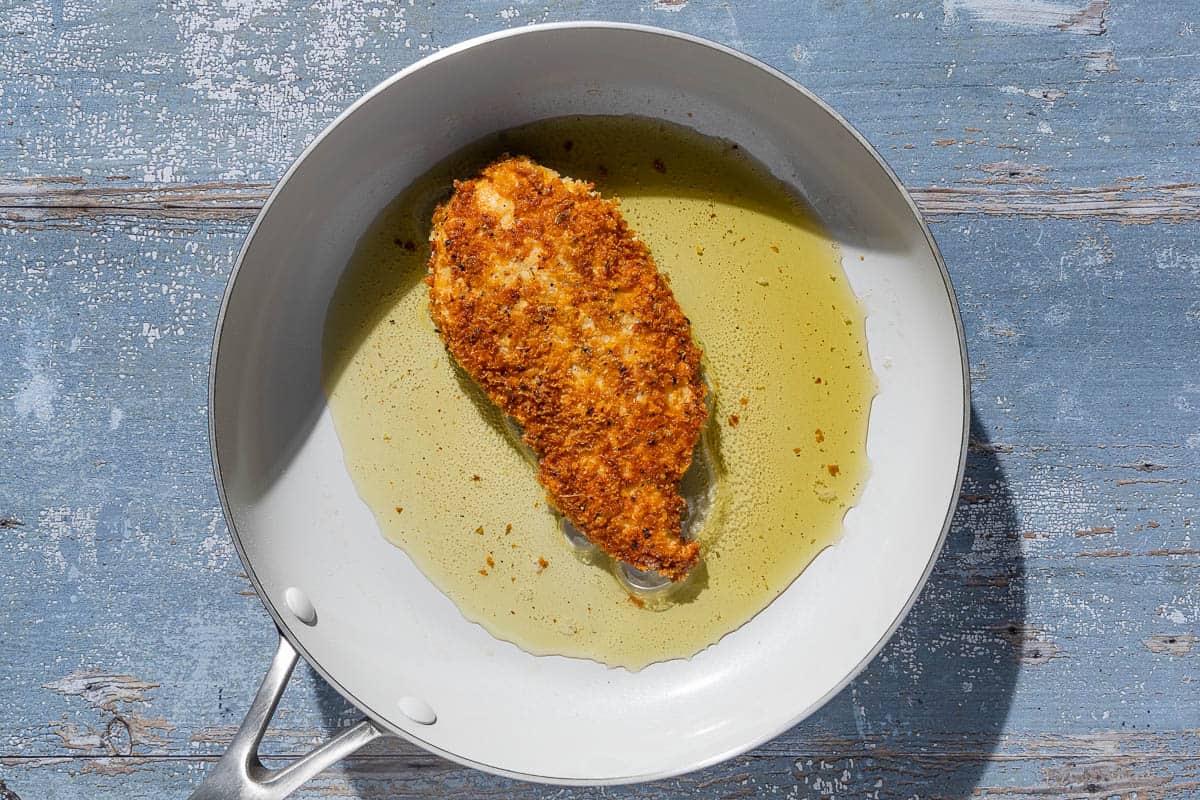
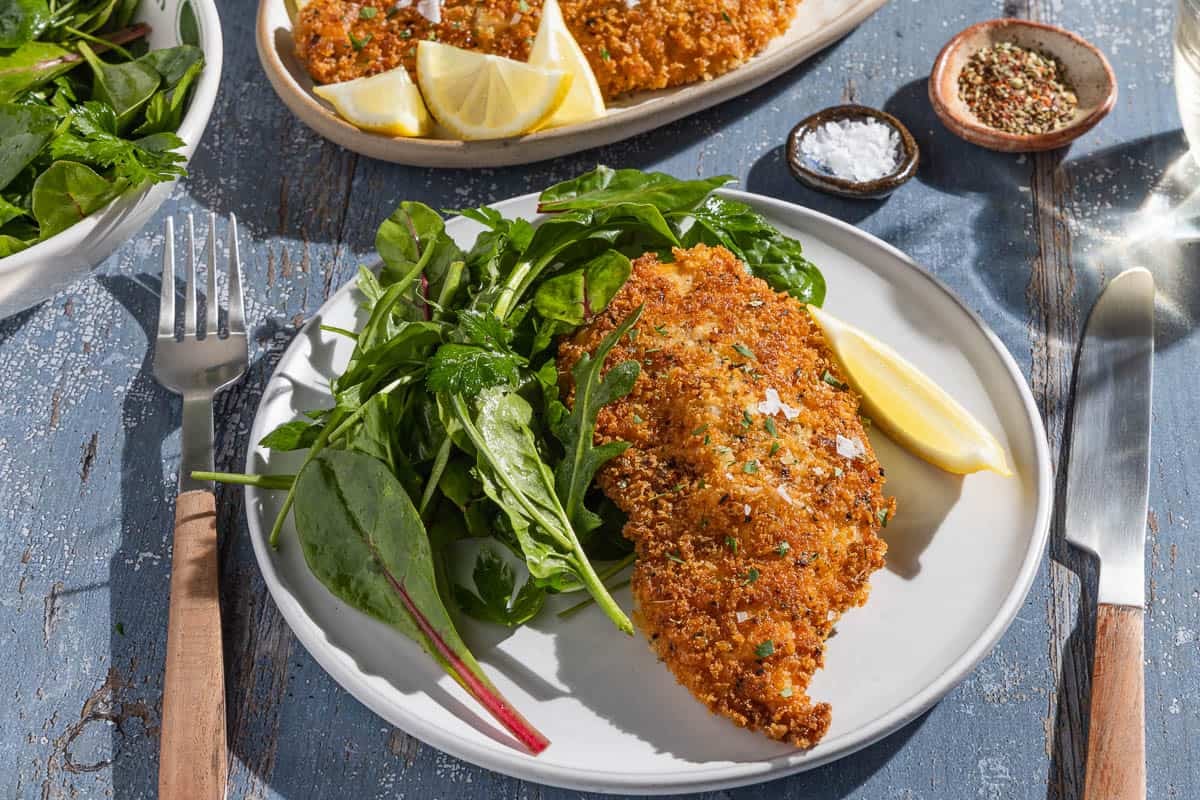
You can buy chicken cutlets already prepared, but it’s cheaper and relatively easy to make your own starting with boneless skinless chicken breasts. To cut chicken breasts into cutlets:
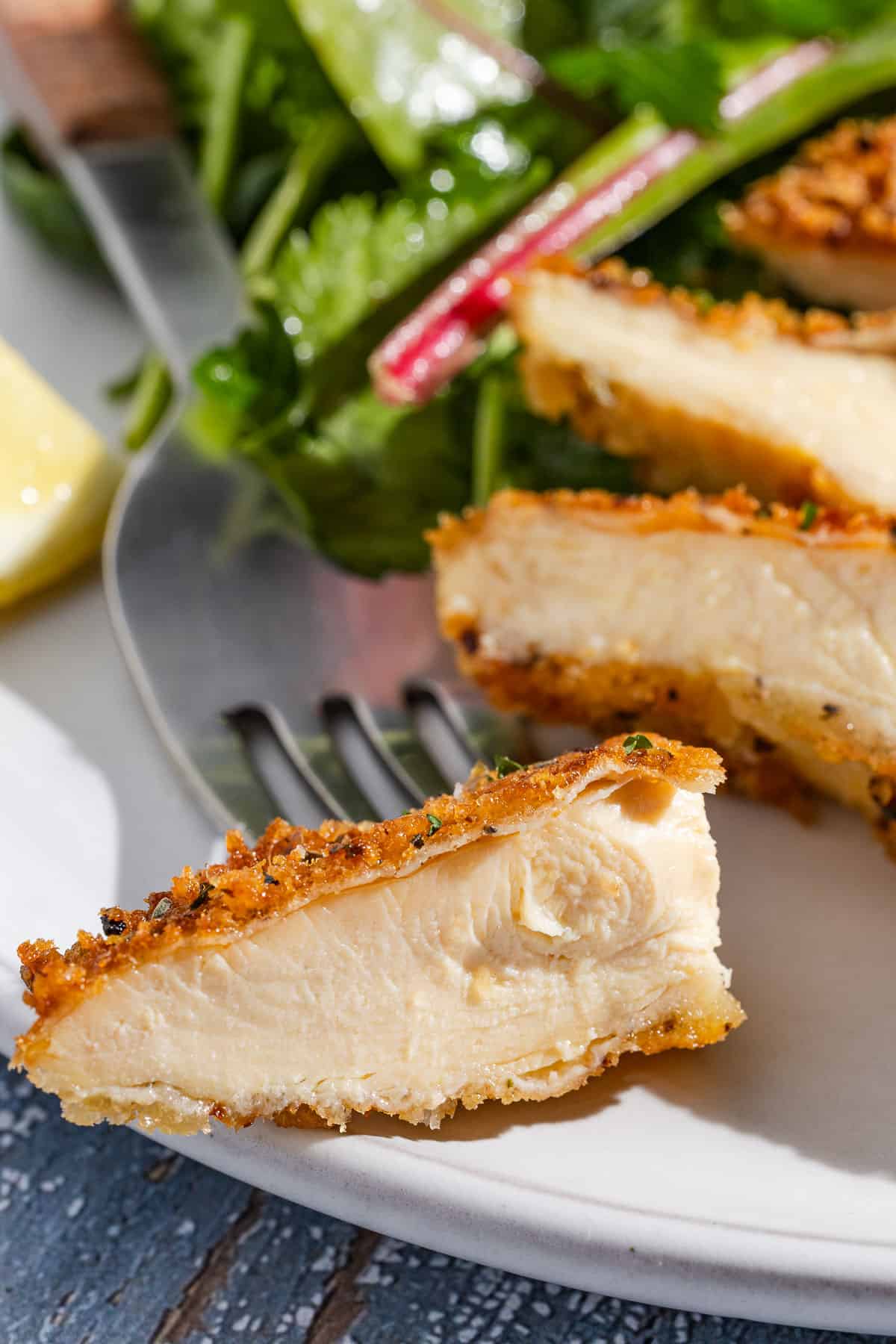
Chicken naturally has a lot of savory, comforting flavor, so this recipe is delicious all on its own. But if I have extra time, I like to marinate the chicken cutlets to make them extra flavorful and juicy. Even a quick 15 minutes is enough to tenderize and infuse the chicken with flavor. To marinate:
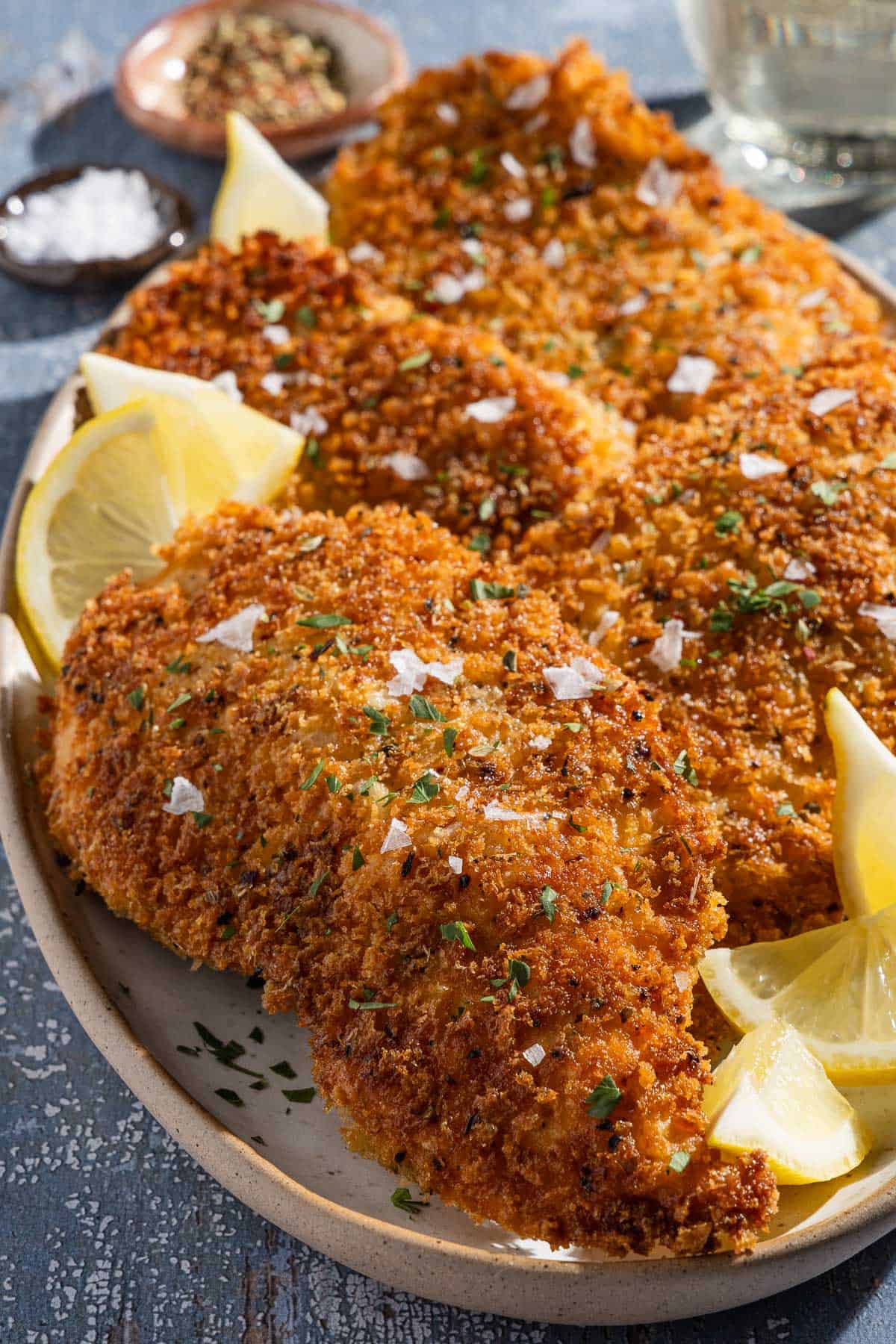
Store leftover chicken cutlets in an airtight container in the fridge for up to 4 days. To maintain the crispiness of the breading, reheat in a 400°F oven for about 10 minutes, or until warmed through.
I love making breaded chicken cutlets for a weeknight meal. They are fast, easy, and versatile, making them seem like an entirely different meal each time I make them.
Of course, Potato Salad is classic, but for a light and simple lunch, I like them with a side salad with tangy Lemon Vinaigrette to balance the richness. You can slice the cutlets and add them directly to your favorite salad recipe, like this Lemon Parmesan Salad, or use them in this Chicken Caprese Salad.
Serve the cutlets with a sauce and a couple of sides. My favorite is smokey Spanish Romesco sauce, but you can also try them with Tahini Sauce or drizzle with Balsamic Glaze. Make a sandwich to use up leftover chicken cutlets. I love to use them in place of the seared chicken breast in this antipasto chicken sandwich.

Meat and Poultry
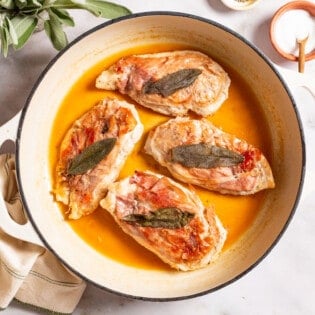
Italian
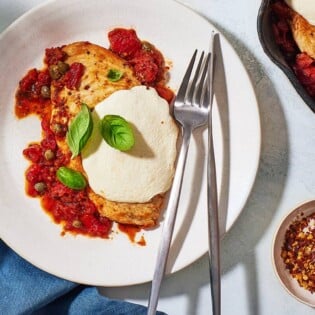
Entree
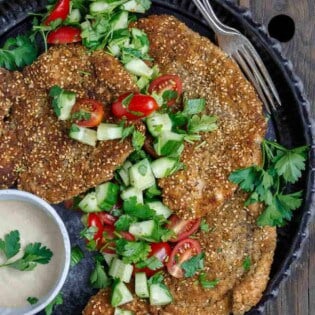
Meat and Poultry
Browse All Mediterranean Recipes
Visit Our Shop
Bundle and Save!
Taste your way through the Mediterranean with our signature olive oil collection, including our famous Greek olive oils, Private Reserve and Early Harvest, plus our new Nocellara Italian olive oil and Hojiblanca Spanish olive oil.


The post Crispiest Breaded Chicken Cutlets appeared first on The Mediterranean Dish.
By: Mark BeahmThe Mediterranean diet is generally inexpensive, with affordable and accessible ingredients. Many staple foods are found in local grocery stores or farmers' markets. However, shopping for organic products, high-quality proteins, or special items such as extra virgin olive oil can be more expensive. You need to plan your meals according to your budget. It is also a good idea to save money on food by using leftovers or bulk freezing foods such as fish and grains.
Yes, the Mediterranean Diet is primarily a plant-based diet. The Mediterranean Diet is primarily plant-based. This includes fruits, vegetables and legumes as well as nuts and seeds. Due to their history around the Mediterranean Sea, however, some animal proteins like red meat, poultry, and fish are not as prevalent in this ancient diet. You can choose to avoid these protein sources if you are a vegetarian/vegan. Tofu and soy yogurt are excellent options for additional nutrition and protein.
It is possible to drink moderate quantities of alcohol in the Mediterranean diet. You should limit your drinking to just one glass per day for men and 1 glass for women. Suitable drinks include dry wines, beer, and spirits made with natural ingredients such as brandy, vodka, whiskey, or gin. Due to the high sugar content of heavy spirits such as cocktails, they should be avoided. A daily intake of water or herbal drinks can keep your body hydrated and reduce sugar cravings.
A Mediterranean diet focuses on healthy fats and protein and lots of fresh fruit, vegetables, whole grains. A Mediterranean diet should have seven to 10 portions of fruits and vegetables each day and at least two to four 3-ounces of lean meats such as fish and chicken. Moderate amounts of healthy fats such as olive oil and nuts should be encouraged. Each day, aim to eat at least three portions of whole grains like quinoa, barley and oats.
It is also important to limit the intake of unhealthy foods such as added sugar, unhealthy fats and white bread. Reduced-fat dairy products should be avoided if possible. Avoid eating fish more than three times per week due to potential mercury contamination. This can affect its nutritional value and cause it to be less nutritious if it is not planned for.
To ensure you're getting the most from your Mediterranean diet experience every day, it can help to plan meals - paying particular attention to ingredients included within chosen dishes that provide the heart and health benefits associated with this dietary pattern accordingly over time.
It is possible to have a pleasant experience following a Mediterranean diet. This includes delicious and nutritious food items. For the best health, choose high-quality proteins like wild-caught fish and grass-fed meats, as well as organic eggs, to ensure you are eating healthy meals. Include heart-healthy fats in nuts, olives. avocados, extra Virgin Olive Oil, and Coconut oil. Include plenty of fresh and/or freeze fruits and vegetables, whole grains like quinoa and barley in your meals, as well as whole grains such oats, quinoa and barley. Limit unhealthy fats, added sugars, processed foods, starches and red meat.
Yes, bananas are allowed in the Mediterranean diet. Bananas can be a healthy, low-calorie, nutritious fruit that provides vitamin B6 and potassium. It can be added to smoothies, soups, salads, and even sweet potatoes as a healthy side or main dish. For added protein, you can enjoy it as a snack with nuts butter like peanut or almond. For those following the Mediterranean diet, bananas can be paired with healthy fats like nuts or seeds to aid digestion and promote fullness.
A Mediterranean diet can improve your overall health and life quality. This healthy eating plan is rich in nutrients and emphasizes whole grains, legumes fresh fruits and vegetables, as well as healthy fats. Eating this way can have many potential benefits, such as helping maintain better blood lipids, improved glucose control, reduced risk for depression and certain types of cancer, better cardiac health, increased cognitive function, and improved weight management.
Following these tips can make it easy to incorporate Mediterranean-inspired foods into your diet: swapping out high-calorie snacks like chips with nutrient-dense vegetable appetizers or other traditional greens or beans dishes; learning how to increase variety with spices or different sources derived from nuts, fruits, and vegetables; integrating more whole grains, legumes, and high fiber items that can enhance satiety after meals; adding moderate amounts of dairy products like yogurt cheese and milk throughout the day for added nutrition; using olive oil as the primary cooking fat instead of traditional oils; occasionally enjoying a glass of red wine to complete the Mediterranean experience.
You can plan a week full of healthy and delicious meals that follow the Mediterranean diet guidelines. Start by focusing on certain components. ; fruits for desserts snacks smoothies, etc. Seasonings, herbs, and tasty sauces. Mixing up different combinations throughout the week will help ensure sufficient nutrient intake while maintaining flavor balance, an essential element of a balanced Mediterranean lifestyle. Combining the meal with regular physical activity will offer even more significant increases in short-term results and long-term positive impacts on body composition and overall health status.
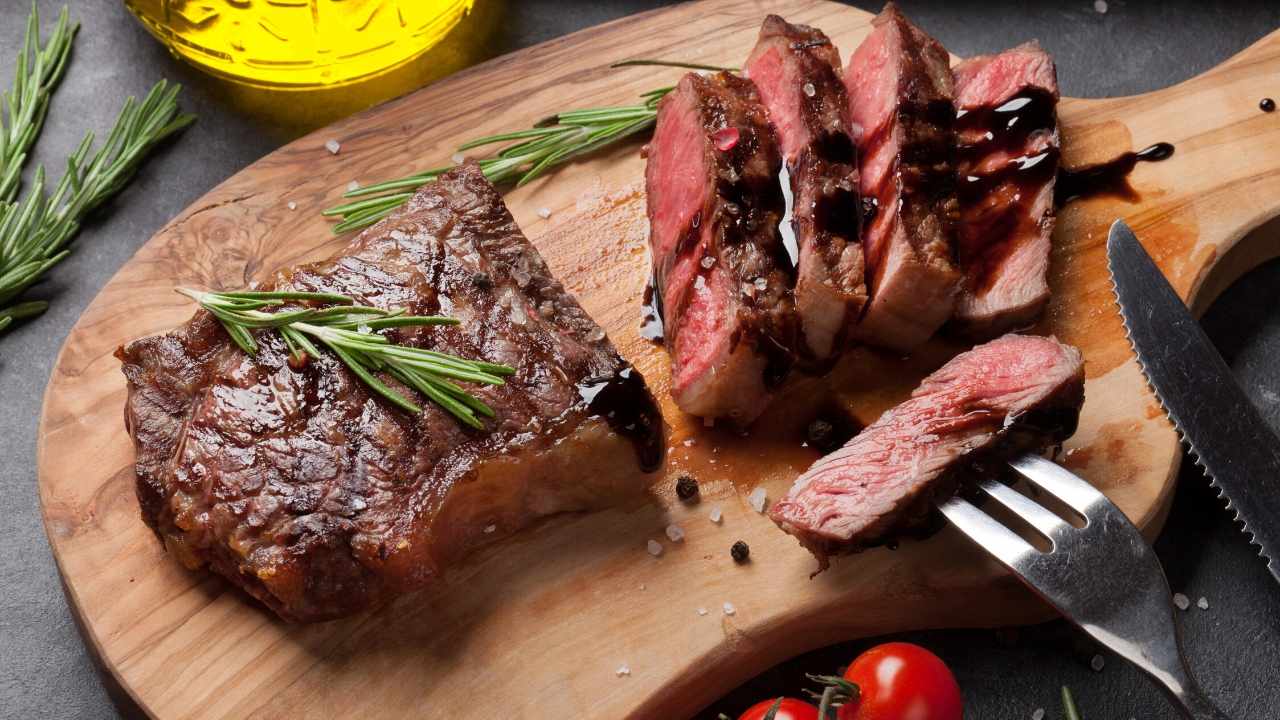 |
[TAG49]Healthline ranked the Mediterranean Diet number 1 for the following reasons: Numerous studies associate the Mediterranean diet with a reduced risk of heart |
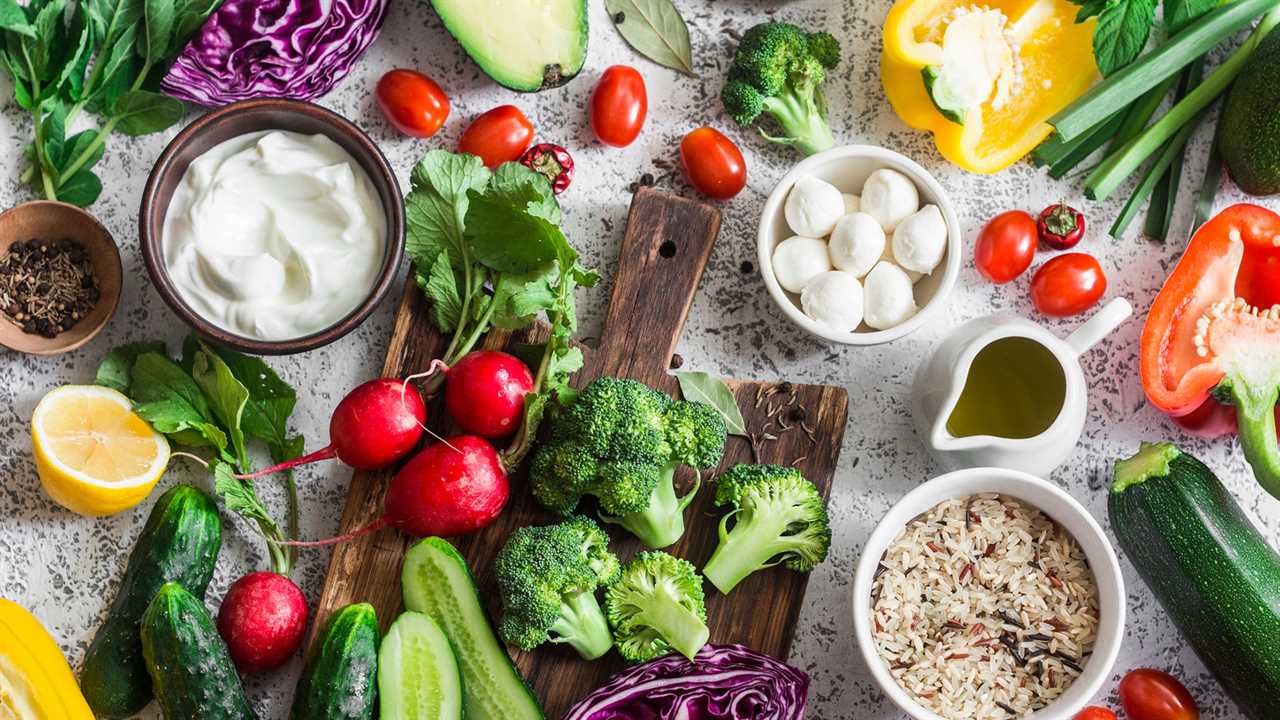 |
[TAG50]The Mediterranean diet originates in the food cultures of ancient civilizations which developed around the Mediterranean Basin and is based on the regular |
 |
[TAG51]Psychology Today reports: Eating more green, leafy vegetables and less red meat were associated with improved cognitive functioning in a recent study of older |
 |
[TAG52]This review of five human studies on the Mediterranean diet examines its effects on weight loss, various diseases, and the risk of death. |
 |
[TAG53]CNBC reports that Joan Salge Blake, Boston University’s clinical professor of nutrition says: “‘Poor protein [intake] can contribute to fatigue, and that’s the |
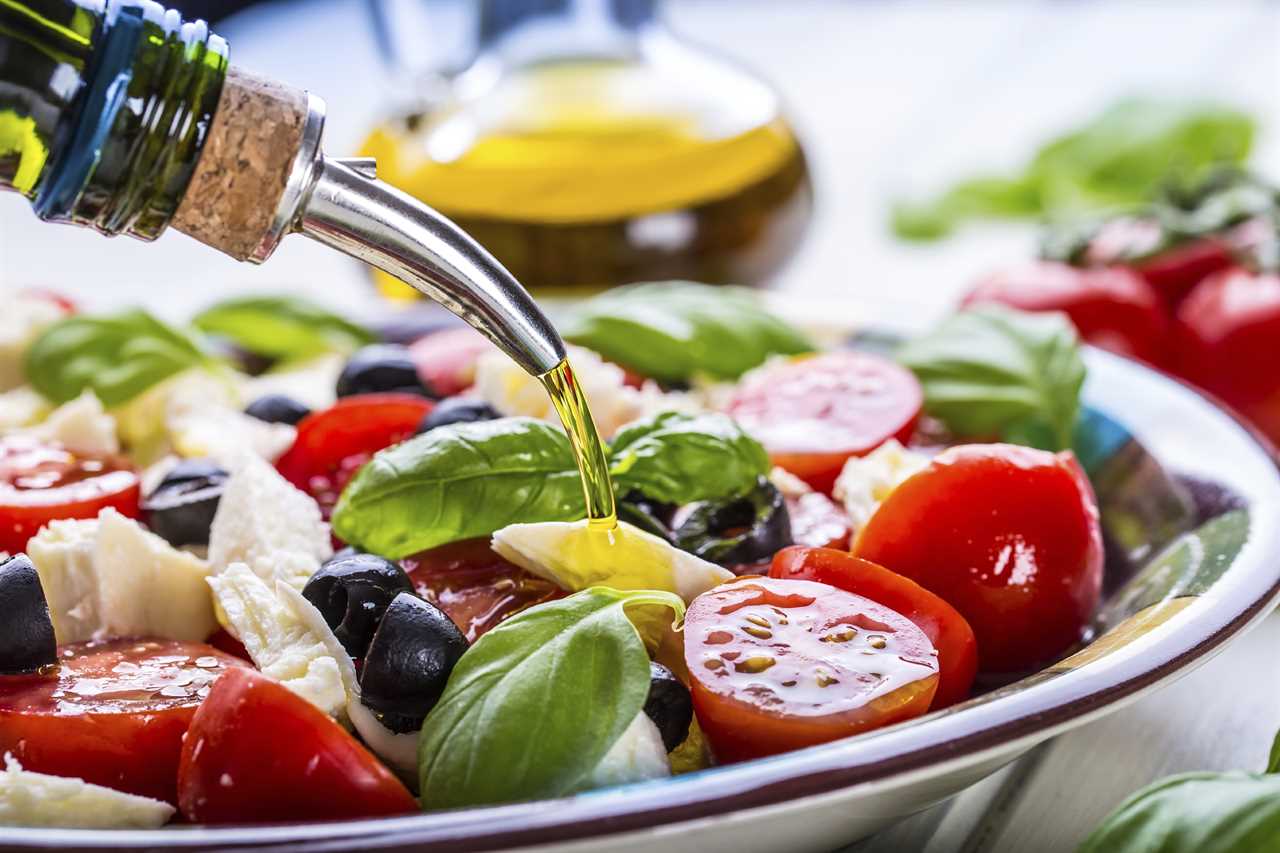 |
[TAG54]The Mediterranean diet has been linked to a number of health benefits, including reduced mortality risk and lower incidence of cardiovascular disease. |
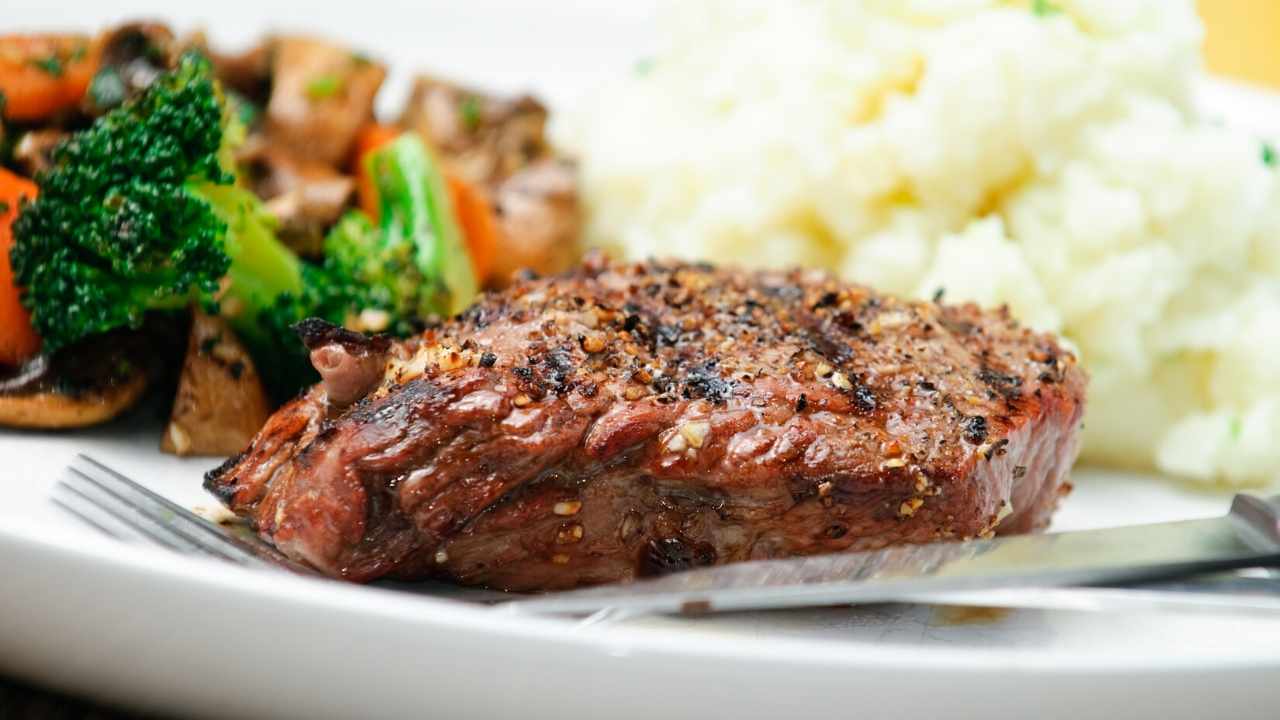 |
[TAG55]According to Olive Oil Times: The authors of the meta-study, published in Current Obesity Reports, noted that hypertension, type 2 diabetes mellitus, several |
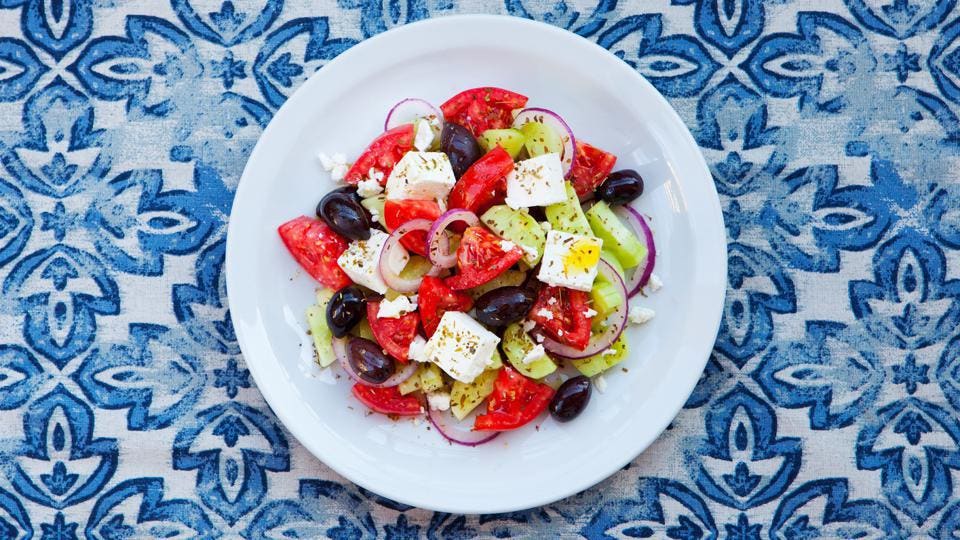 |
[TAG56]The Mediterranean diet, with its emphasis on fresh vegetables and fruit, whole grains, legumes, olive oil and fish, provides an array of health benefits, |
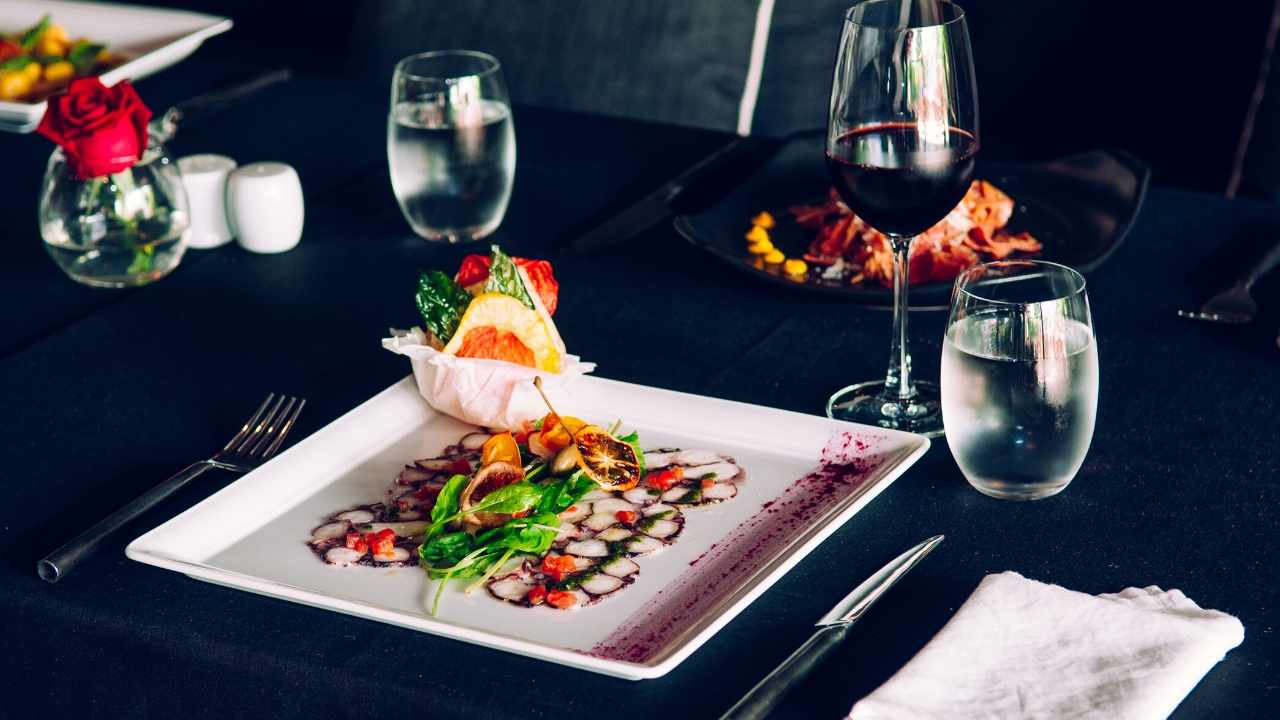 |
[TAG57]The study described in The Epoch Times found: In the conclusions of this study, the authors prefer the Mediterranean diet over the Keto diet because the key to |
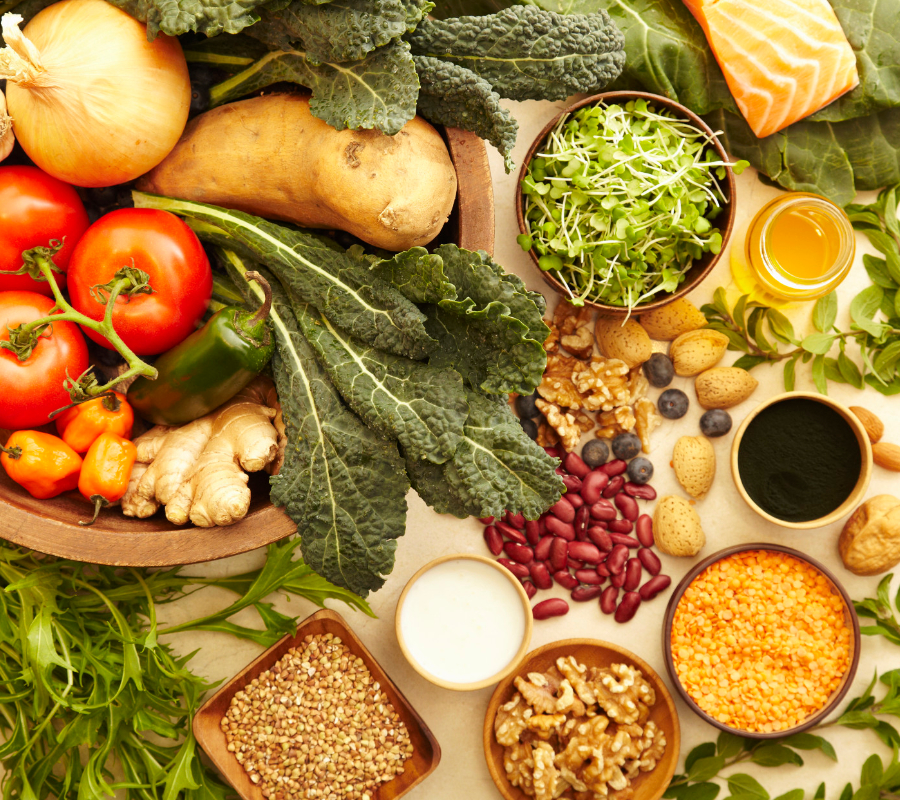 |
[TAG58]The Mediterranean diet is a heart-healthy eating plan that emphasizes healthy fats, whole grains, fruits, vegetables, beans, nuts and seeds. |
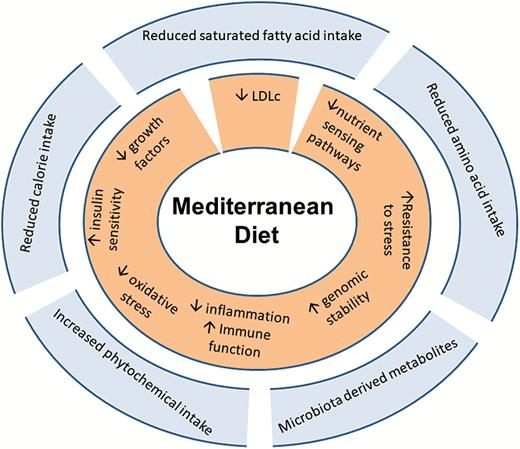 |
[TAG59]Abstract. Consuming a Mediterranean diet rich in minimally processed plant foods has been associated with a reduced risk of developing multiple chronic diseases |
 |
[TAG60]It’s an easy (and delicious!) change that can turn your diet into a disease-fighting tool. |
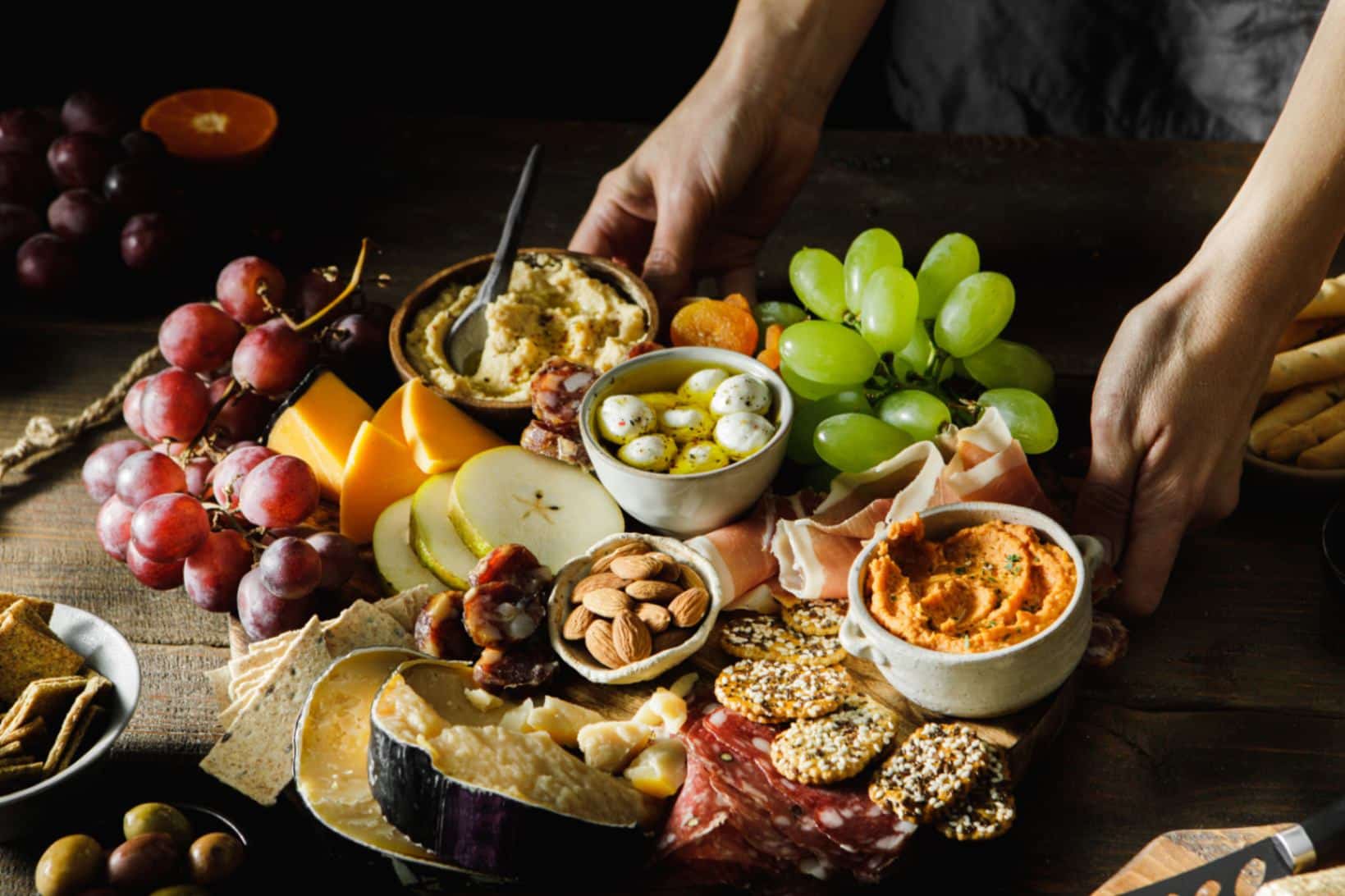 |
[TAG61]There are many misconceptions about the Mediterranean diet. Learn what it really means and how it can help you live a healthier, longer life. |
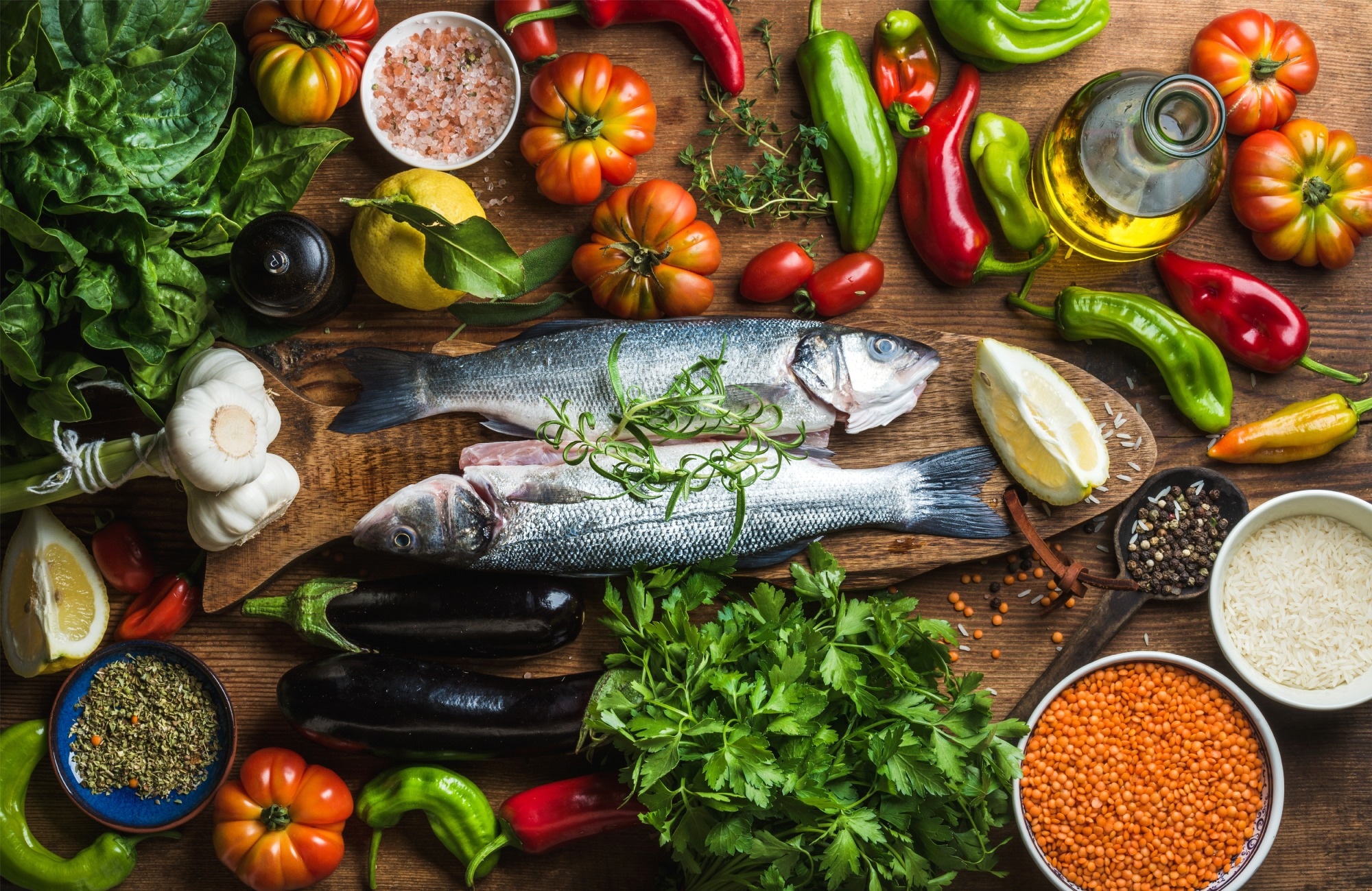 |
[TAG62]A review article published in the journal Experimental Gerontology describes the utility of Mediterranean diet (MedDiet) in the prevention and management of |
